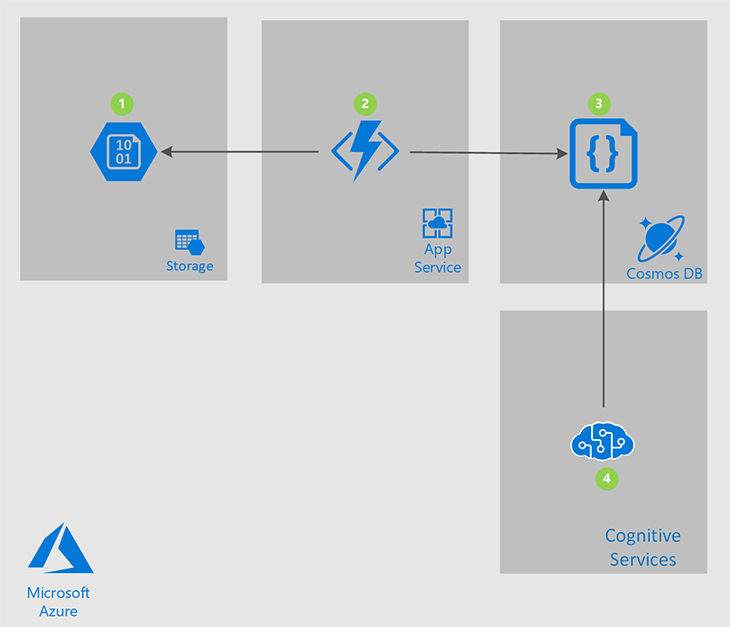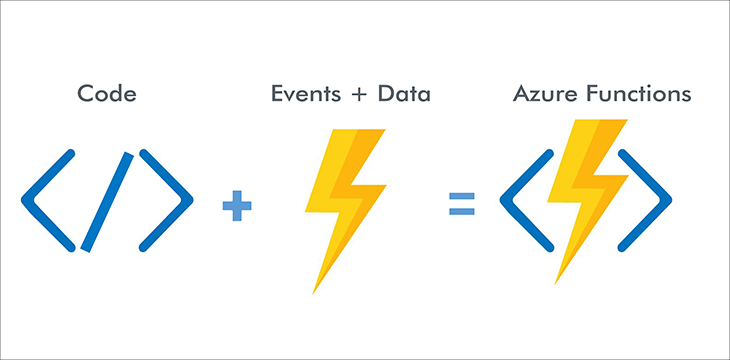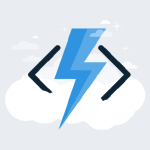One of the most popular Azure features is Azure App Services and the Platform as a Service (PaaS) architecture approach. It merely removes the overhead of setting up additional infrastructure, speeds up to get apps up and running and is an economical solution for hosting user faced web apps or API solutions for the web or mobile apps. For the last few years, App Services has played a significant role in the architecture and services I design for the customers.
As the need for background processes increased, Microsoft introduced Azure WebJobs as a part of Azure Web Apps, and it was the first step towards the functional serverless architecture. A WebJob is a workflow step which has a trigger based on time or, e.g. Azure storage features to undertake a specific logical task. WebJobs are a powerful tool to process data and create further actions based on business rules. The downside is that it has a poor modification, monitoring and laborious logging features from the UI compared to Azure Functions.
By publishing the Functions to Azure, it was a game changer in architectural plans and the way handling background processes in the Microsoft cloud. Azure Functions are hosted on-top of Azure Web Apps architecture and can trigger by HTTP requests, time schedules, events in Azure Storage, Service Bus or Azure Event Hub. The full introduction to Functions is available on Microsoft’s documentation.
Functions Apps can be created using developers prefered programming languages like C# or JavaScript either from the Azure Portal using the web editor or using Visual Studio. Cross-platform developers can use the Visual Studio Code for development using their non-windows environments.
Azure Functions have two runtime versions, and there are significant differences between versions one and two. Version 2.X is running in a sandbox, and it will limit access to some specific libraries in C# and .net core. As an example, if your function is manipulating images or videos, you don’t have access to the framework GUI libraries, and you will face exceptions. The version 1.X uses the .NET Framework 4.7 and is a powerful and alternative runtime for processes where full access to .NET Framework libraries are needed. The full list of supported languages and runtimes are available on the Microsft’s documentation.
Here is an example of the usage of Functions:
A client has financial data in different file formats and needs to process the information. The client receives most of the data in text-based PDF format. Using Functions is a perfect way to process textual context from PDF files to create data for search and Artificial intelligence. The following drawing illustrates the architecture.
- Azure blob storage to host files and PDF documents
- Azure Function which will be triggered as a new file is added to a container
- Azure Cosmosdb to save the content of the PDF file as JSON format
- Azure Cognitive Services to process textual context




